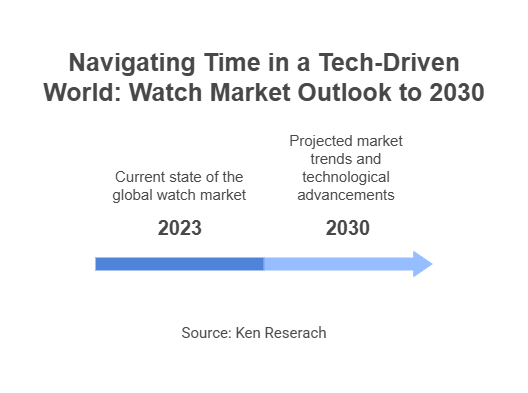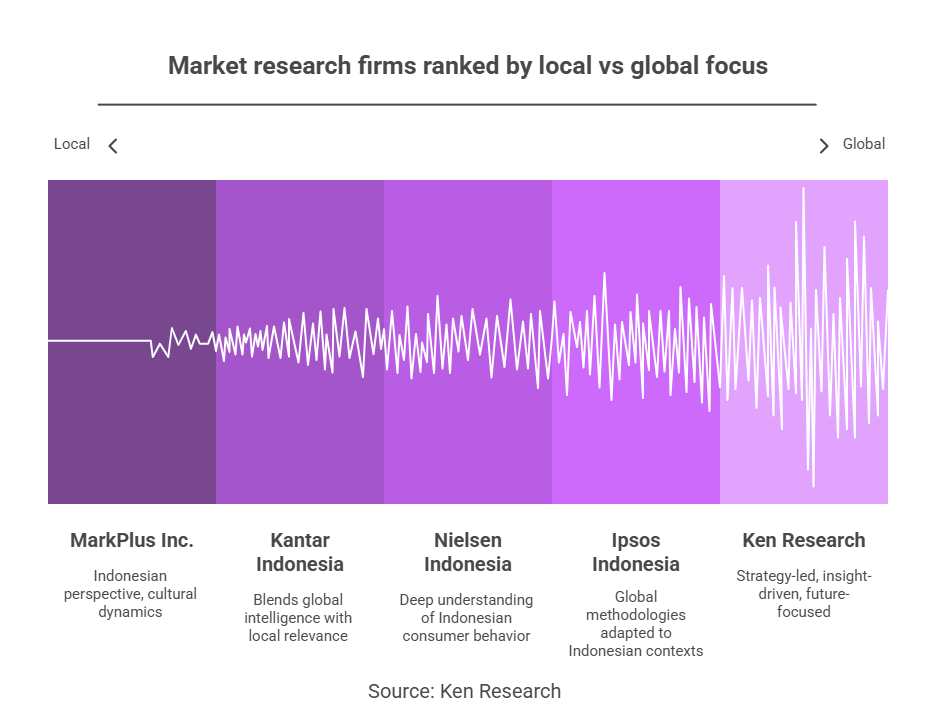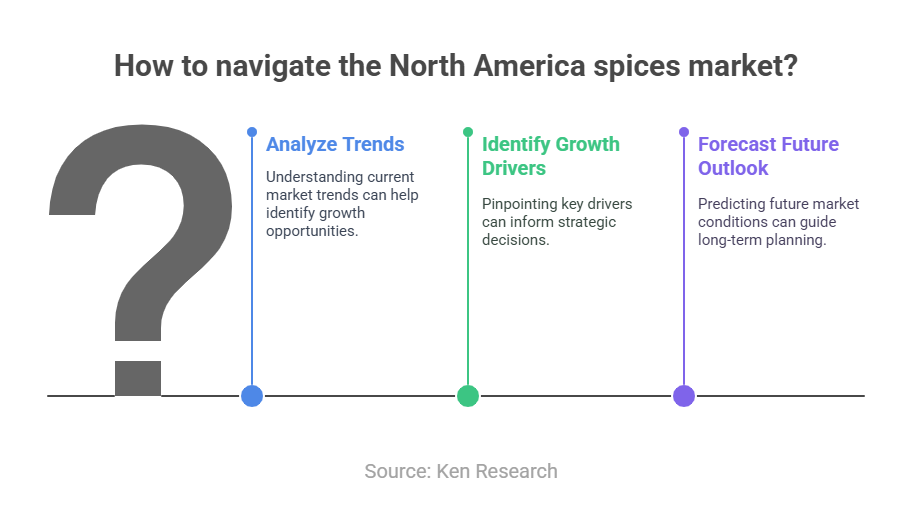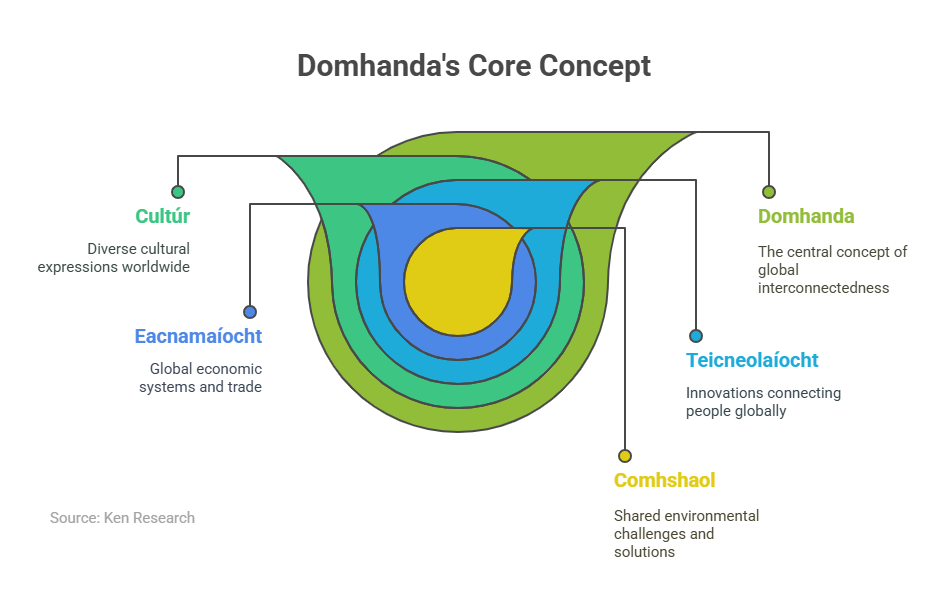Global Watch Market Outlook to 2030: Navigating Time in a Tech-Driven World

Strong 8k brings an ultra-HD IPTV experience to your living room and your pocket.
The global watch industry is evolving rapidly, balancing the timeless appeal of traditional craftsmanship with the disruptive rise of smart technology. From heritage luxury brands to digital-first innovators, the Global Watch Market is poised for transformation over the coming decade.
According to the Global Watch Market Report, the market is expected to witness robust growth through 2030, driven by increasing disposable income, the rising influence of fashion culture, and the expanding segment of smartwatches.
Market Overview: Timepieces Reimagined
Historically a symbol of status and precision, watches today serve a dual purpose—functional utility and fashion statement. The global market includes a wide spectrum of products ranging from low-cost quartz watches to luxury mechanical models and sophisticated smartwatches.
Traditional watchmaking giants like Rolex, Omega, and TAG Heuer continue to dominate the luxury space, while companies like Apple, Garmin, and Samsung are redefining what a watch can do. This convergence of old and new defines the contemporary watch landscape.
As consumer preferences shift across generations, brands are forced to evolve—blending traditional aesthetics with wearable technology and personalized features.
Global Watch Market Size and Segmentation
The global watch market was valued at USD 92.2 billion in 2022 and is projected to grow at a CAGR of 5.8% through 2030, reaching approximately USD 145 billion by the end of the forecast period.
Key segments driving the market include
- Luxury Watches: High-net-worth consumers in North America, Europe, and the Middle East continue to demand high-end mechanical timepieces. Limited editions and heritage models maintain high resale value and brand loyalty.
- Mid-Range Analog and Digital Watches: These cater to the mass market, especially in price-sensitive regions like Latin America, Southeast Asia, and Africa.
- Smartwatches: This is the fastest-growing segment, with brands like Apple, Huawei, and Fitbit dominating. Features such as health tracking, GPS, mobile connectivity, and fitness integration are particularly popular among Gen Z and Millennials.
Drivers of Growth
1. Tech-Infused Timekeeping
Smartwatches have evolved from niche gadgets to everyday essentials, with global shipments surpassing 150 million units in 2023. As the wearable tech ecosystem matures, watches are becoming health monitors, digital wallets, and personal assistants—all on the wrist.
2. Rising Disposable Income
Emerging economies in Asia-Pacific and Africa are contributing significantly to watch sales. As middle-class wealth rises, consumers in countries like India, China, Indonesia, and Nigeria are spending more on personal accessories, including watches.
3. Fashion & Identity
Watches have become more than tools—they’re personal branding statements. Social media trends, celebrity endorsements, and online retail have turned watches into fashion-centric lifestyle products.
4. E-commerce & D2C Expansion
Digital channels are reshaping the retail model. Watchmakers are now offering direct-to-consumer (D2C) platforms, allowing personalization, digital try-ons, and virtual concierge services that make luxury accessible at scale.
5. Sustainability & Minimalism
Consumers are increasingly drawn to eco-conscious brands using recycled materials, ethical labor practices, and minimalist designs. This trend is redefining premium product perception among younger audiences.
Challenges Facing the Market
- Counterfeit Watches: The global counterfeit market continues to threaten brand equity and consumer trust, particularly in luxury segments.
- Price Pressures in Smartwatch Segments: With tech brands launching feature-packed budget models, premium smartwatch makers must justify their pricing.
- Repair & Longevity Concerns: Disposable consumer culture affects the perception of long-term value, especially for lower-tier analog and digital models.
Regional Insights
North America remains a stronghold for both luxury watches and smartwatches due to tech-savvy consumers and a strong gifting culture.
Asia-Pacific is the fastest-growing region, led by China, India, and Japan. Cultural values tied to timekeeping and rising affluence boost watch adoption.
Europe leads in luxury heritage craftsmanship, with Switzerland continuing to be the global hub of mechanical watchmaking.
Middle East & Africa have strong luxury watch markets, especially in the UAE, Saudi Arabia, and South Africa, where watches are symbols of wealth and sophistication.
Future Trends and Innovation
The future of the Global Watch Market lies in convergence. Watchmakers are collaborating with tech firms to produce hybrid models—watches that deliver both mechanical charm and smart features. Blockchain-backed certificates for authenticity, AI-powered design customization, and subscription-based watch ownership are also on the rise.
Brands are also tapping into the metaverse and augmented reality for immersive retail experiences, making watch buying a blend of physical and digital interactions.
Conclusion: What Lies Ahead
The next decade will not be about choosing between analog and smart—it will be about integrating tradition with technology. The Global Watch Market Report suggests that brands that adapt to changing consumer behaviors, leverage e-commerce, and embrace innovation without losing authenticity will lead the market.
For investors, watchmakers, and retailers, this is the time to align with evolving preferences, expand across geographies, and innovate across product lines. As the world turns digital, watches continue to mark the moments that matter—with style, purpose, and precision.
Note: IndiBlogHub features both user-submitted and editorial content. We do not verify third-party contributions. Read our Disclaimer and Privacy Policyfor details.







